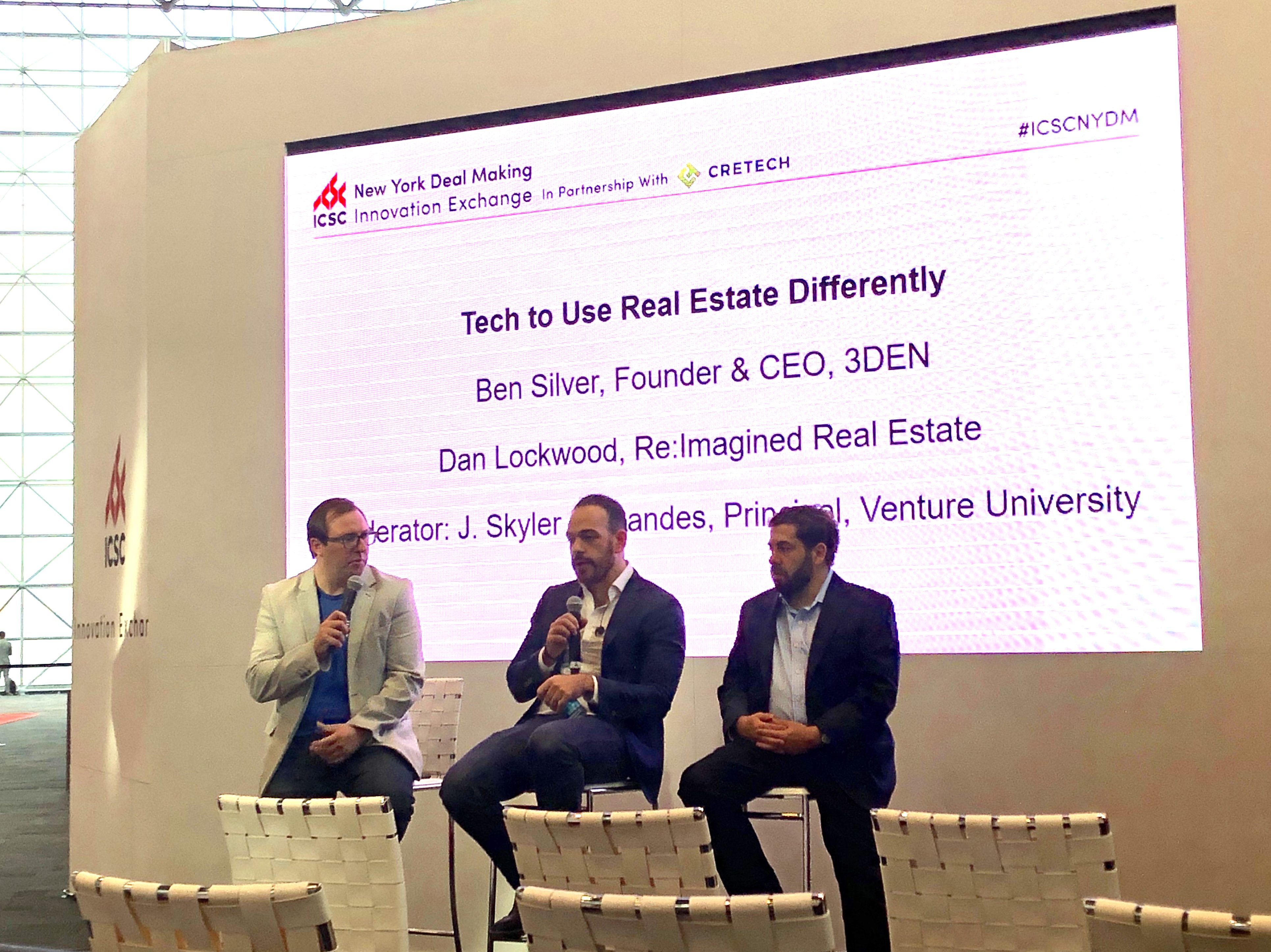The Future of Pop-Up Retail
How using Instagram as an inspiration for brick-and-mortar retail, tech and new business models can help supercharge vacant retail space.
By Holly Dutton
As retailers are learning to marry their brick-and-mortar and online presence, savvy tech entrepreneurs are figuring out how to bring new business models and technology to underutilized and vacant retail space.
At an ICSC New York Deal Making conference panel Dec. 6 discussing how tech can be used in underutilized real estate, startup founders of companies in the real estate tech marketplace shared how they are taking vacant retail space and infusing new ideas.
Ben Silver is the founder & CEO of 3DEN, a company that offers more variety in both pricing and space, that will allow tenants to “plug and play” so they can scale their space fast and efficiently.
“We offer diversity in our revenue model and we can give them confidence they can afford rents,” he said. “I think going forward, there’s so much real estate that is vacant, especially in New York, and people have to think of new business models.”
Like most retailers these days, Silver and his company are focusing on creating experiences in their locations, the first of which will be in the Hudson Yards development in New York City. 3DEN’s spaces seek to create a calming atmosphere that will offer “respite” from the daily grind. Each location will be different from one another and will change periodically.
The new concepts and ideas have been received warmly by landlords and owners, who have become more accommodating in today’s retail market.
“Landlords are getting more creative with deals, they’re open to partnerships, open to joint ventures, open to revenue shares, open to big tenant improvement packages,” said Silver. “That’s bringing more and more brands offline to open up physical spaces or popups with flexible leases. I think it’s going to keep increasing and increasing in this age where the economy is so hot right now.”
Insta-vision
Dan Lockwood, of RE: Imagined Real Estate, is in the early stages of tapping into an area ripe for new uses: vacant college bookstores. As the cost of a college education has continued to rise, including textbook prices, many students are now renting books online instead of buying, leading to the closure of many campus bookstores.
“We have to make sure it is both modular, so it can be easily rolled out to other locations, but also re-purposed within a specific location if you want to change a theme or product line,” said Lockwood, of how to build out these spaces to draw in shoppers.
He also posed a question looking into at the future of traditional retail—picture it on Instagram.
“Everyone knows Amazon is an online behemoth and is getting into physical retail,” he said. “If Instagram would get into physical retail, what would that look like? I think if we used that as a benchmark we’d be doing the college demographic a favor, because that’s what they’re looking for.”
Photo by Holly Dutton








You must be logged in to post a comment.